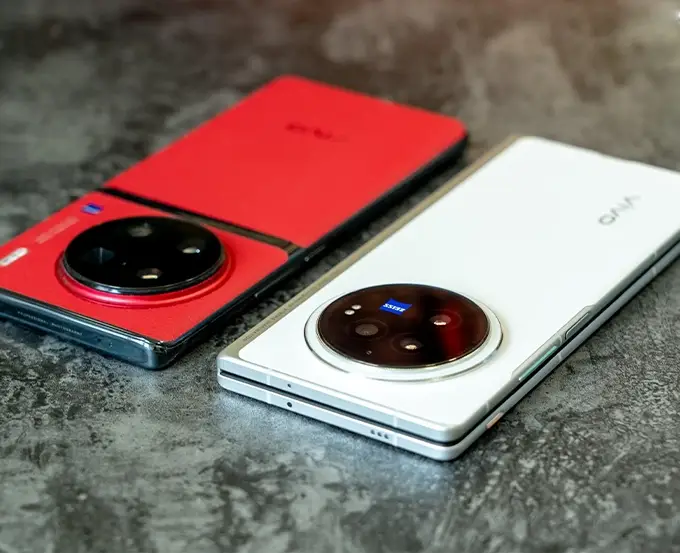With the development of technology, mobile phones are becoming increasingly powerful, but we also notice that their thickness and weight are also increasing. Currently, there are rumors that a well-known mobile phone manufacturer might be planning a brand new model that focuses on extreme thinness and lightness. According to related sources, the recently released iPad Pro might be Apple’s first product in its return to thinner and lighter bodies, and the Apple Watch X, which is expected to debut this fall, is also likely to continue this design approach.
Regarding the topic of returning to thinness and lightness, many people believe that such industrial design indeed aligns more with the current development trend of mobile terminals. However, overemphasizing thinness and lightness might lead relevant manufacturers to make certain compromises in hardware configuration and performance.
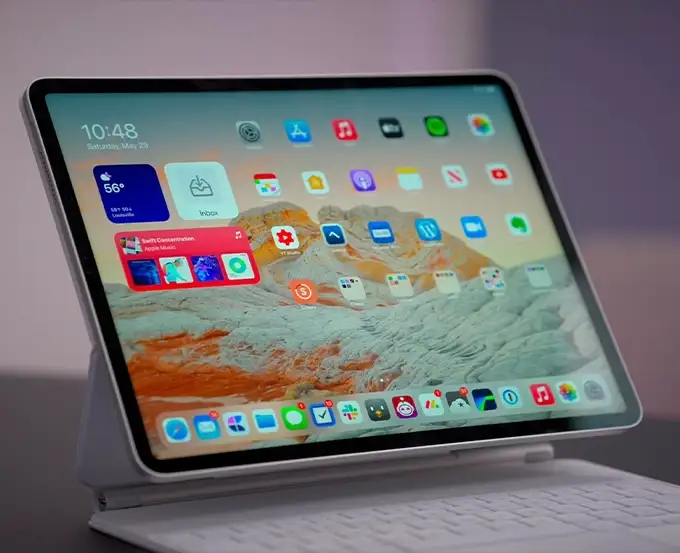
For a long time, most users have had high expectations for the size of mobile terminals. However, due to technical limitations, there has been a long-standing conflict between thinness and hardware configuration and performance, which are critical to user experience. Therefore, manufacturers pursuing thin bodies had to make a choice: how to balance the two within the limited space of the device. This issue has often forced users to choose between thinness and enhanced performance.
Against this backdrop, products such as the vivo X5 Max, OPPO R5, and MacBook Air have appeared on the market, featuring extremely thin bodies and stunning designs. However, it is not difficult to see that these types of products, in pursuing extreme thinness, also had to make sacrifices in expandability and battery life. For example, to achieve a thinner body, some models had to use relatively smaller batteries, resulting in shorter battery life. Additionally, due to the simplification of interfaces, users had to rely on additional accessories to realize certain functions. These issues, in turn, led to other suboptimal user experiences.
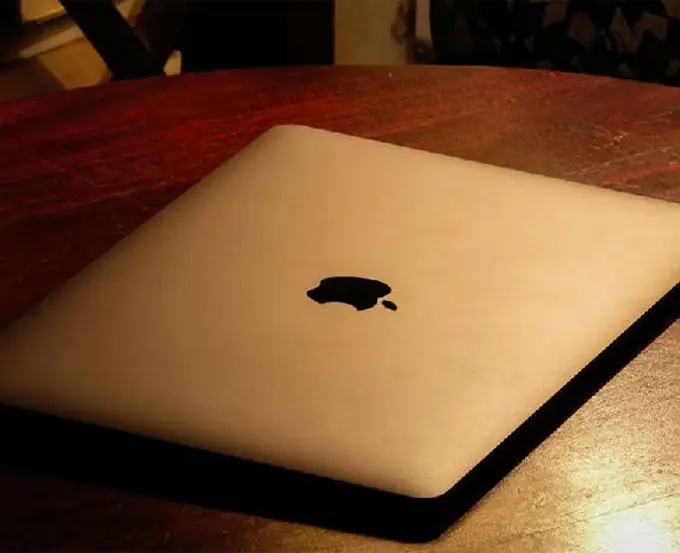
The Conflict Between Slimness and Performance in Modern Devices is Gradually Being Resolved
With the continuous development of related technologies, especially the rapid advancement of key components such as chips and batteries, the conflict between slimness and product performance is gradually being alleviated. For example, improvements in the performance and energy efficiency of smartphone SoCs have allowed these products to maintain thin bodies while delivering excellent performance. At the same time, advancements in battery technology have provided smartphones with longer battery life and faster charging speeds.
Here, we must mention the recently launched new iPad Pro. Through this device, it is evident that in the field of tablets, thinness and performance can be achieved simultaneously. From the perspective of body size and weight, the new iPad Pro is even more outstanding than the new iPad Air, which has always focused on thinness. How was this achieved? Firstly, the new iPad Pro uses a relatively thinner dual-layer OLED panel. Secondly, the battery capacity has been reduced, and glue has been used instead of traditional fixed screws.
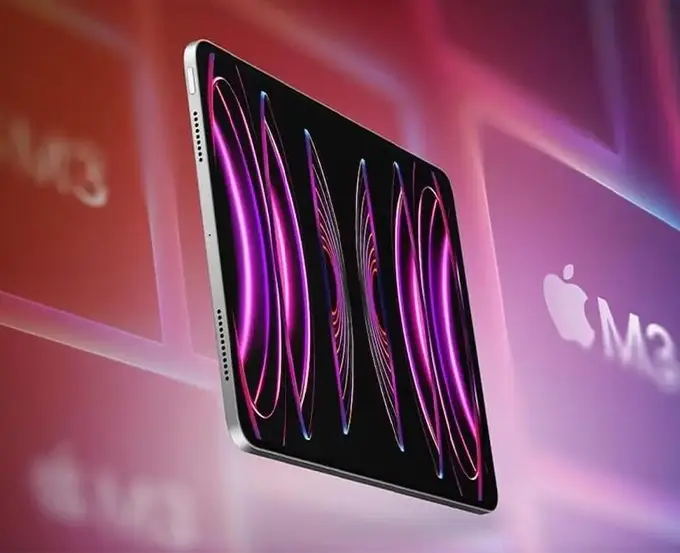
Currently, some changes in foldable devices are also worth noting. Previously, limited by the constraints of foldable screen solutions, the internal space of foldable devices was more restricted than traditional bar phones. Therefore, to ensure product performance, the weight and thickness of such devices were greater. However, with the advancement of technology, foldable devices are now moving towards becoming “thin and light all-round flagship devices.” Some of these products have managed to keep their thickness under 11mm when folded and under 6mm when unfolded. For example, the recently launched vivo X Fold3 series has achieved remarkable thinness in the current lineup of similar devices.

In the development of smartphones, enhancing product performance has always been a core goal for major manufacturers. They continuously adopt various component material solutions and upgrade hardware configurations to enhance performance and related functions. Although this approach does improve the product’s market competitiveness to some extent, it also poses significant challenges for thinness and lightweight design.
With the improvement of various hardware performances and the addition of related components, the weight of phones is showing an upward trend. Currently, the weight of mid-to-high-end bar phones has exceeded 200 grams, reaching the limit of handheld use, while the weight of large foldables has exceeded 220 grams. For instance, the Samsung Galaxy Z Fold5 weighs as much as 253 grams, truly living up to the term “half-kilogram phone.” This weight is obviously unfriendly to users, as it affects portability and can cause hand fatigue during prolonged use.
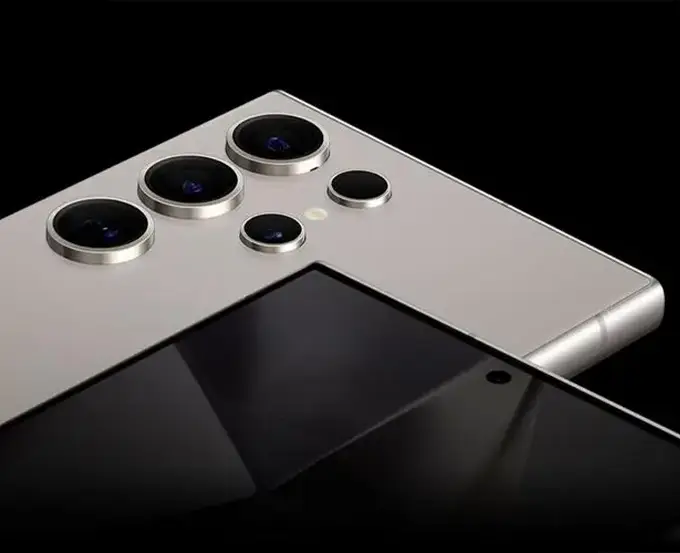
To address this issue, phone manufacturers are constantly developing and seeking new solutions, among which the introduction of new materials has become a significant breakthrough. To ensure the body texture and durability, manufacturers often choose to use denser metal materials (such as stainless steel) for the frame, which also leads to an increase in body weight. Nowadays, by using lighter titanium alloys, high-strength bodies can be maintained while effectively reducing weight. Currently, Apple, Samsung, and Xiaomi have all launched smartphone products using titanium alloy materials. Of course, new materials are not limited to metals; special composite materials (such as dragon-scale fiber) are also excellent aids in reducing body weight.
However, even with the introduction of these new materials, the challenge of making bodies thinner and lighter remains severe. As user performance demands continue to rise, the requirements for smartphone heat dissipation are also increasing. High-performance SoCs, high-power fast charging, and larger screens all generate more heat during operation. If the heat dissipation design is inadequate, it can lead to overheating, thereby affecting performance and lifespan. To address this challenge, phone manufacturers are continuously enhancing heat dissipation systems.

To further improve the heat dissipation capabilities of smartphones, manufacturers are increasing the area of Vapor Chambers, and even adding cooling fans and heat dissipation ducts. However, these measures inevitably occupy more internal space, increasing the thickness and weight of the body. Therefore, how to achieve high performance and effective heat dissipation while maintaining a thin and light body has become an urgent problem for phone manufacturers.
With the significant advancements in key components such as SoCs and batteries, the conflict between slimness and performance in mobile terminals is gradually being alleviated. For instance, the changes seen in the new iPad Pro and some Android models indicate that through the introduction of new materials and optimized design, the exploration of thinness and lightness in these models continues. However, given the ever-increasing user demands for performance, future heat dissipation design might pose a greater challenge to the slimness of the body. Therefore, relevant manufacturers need to find a new balance between heat dissipation systems and body size.

